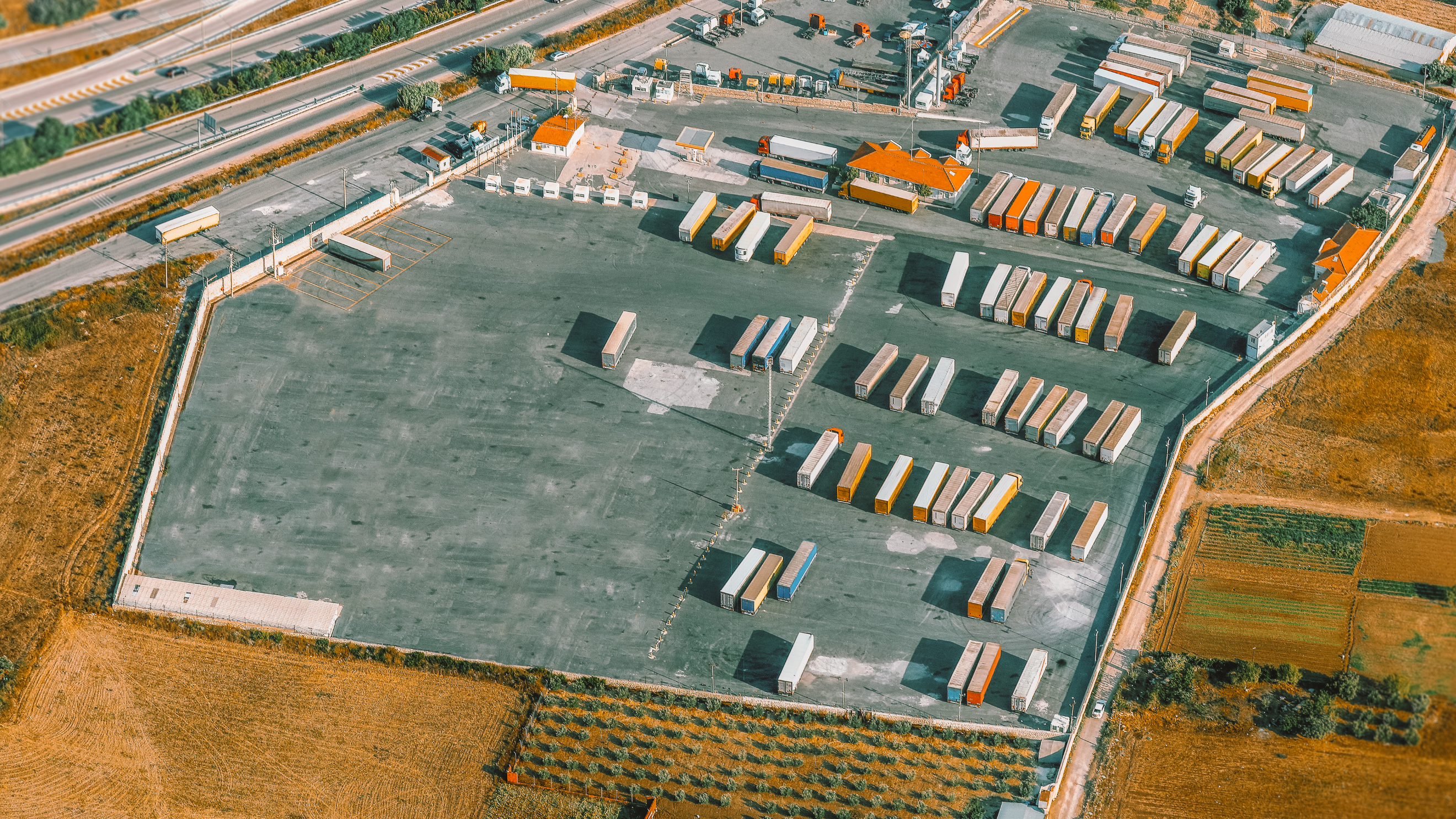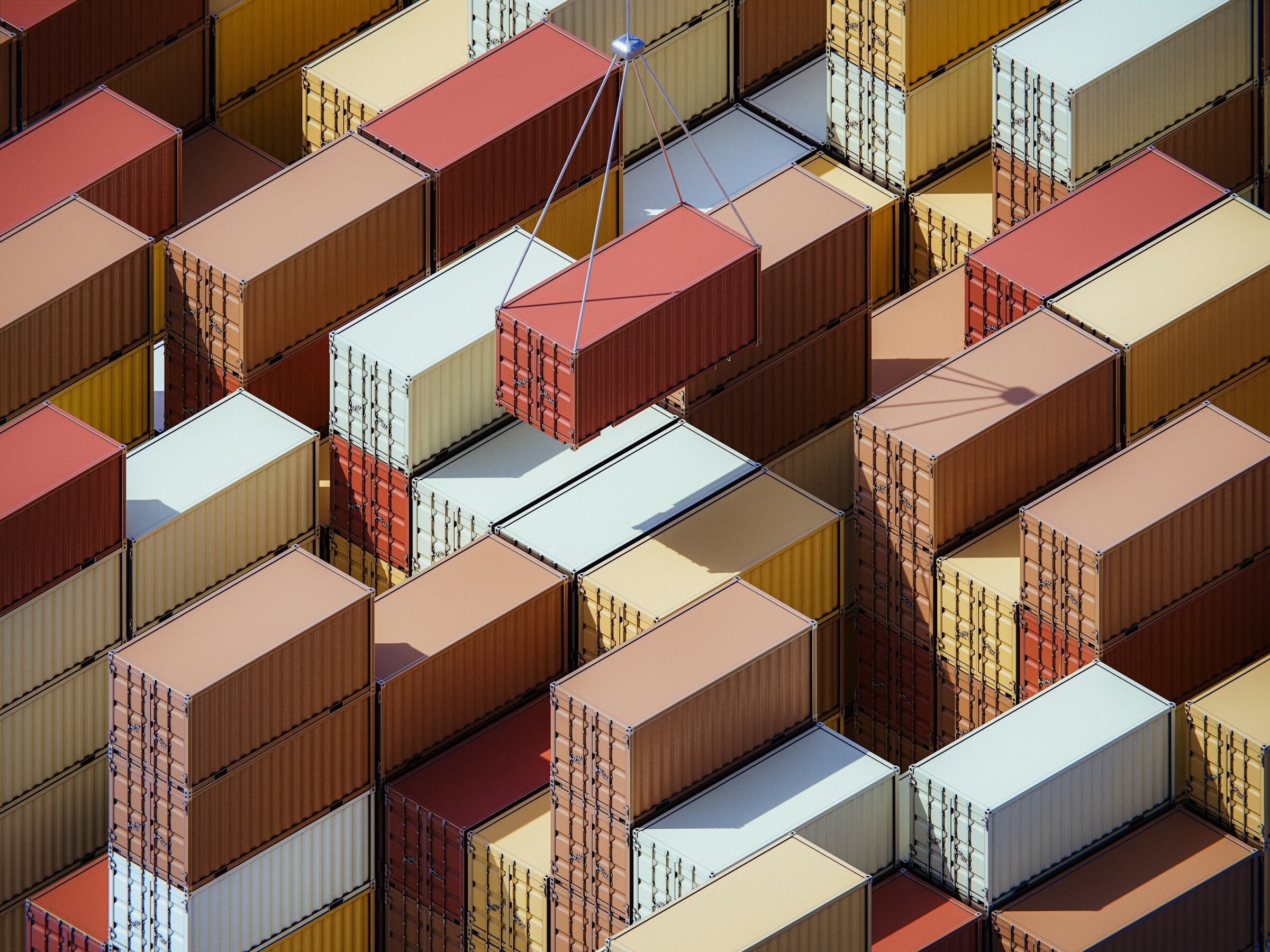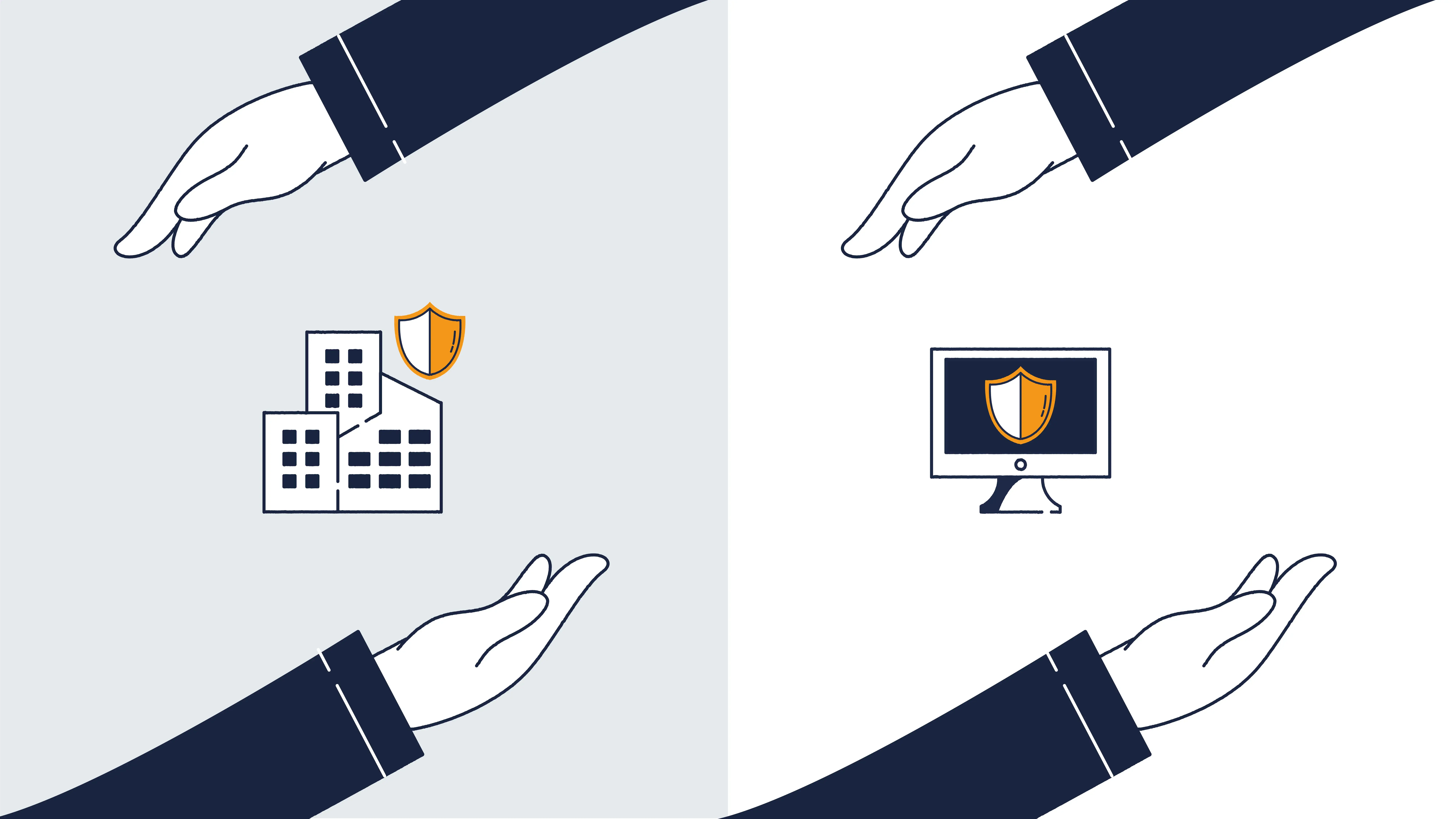For decades, transport and logistics operators have focused primarily on physical security, guarding cargo, facilities, and vehicles, often underestimating the digital dimension of risk. That mindset is evolving. As operations become connected, the sector has emerged as a lucrative target for a wide spectrum of threat actors: from financially motivated cybercrime groups to politically driven hacktivists and state-sponsored attackers.
Despite their differing motives, the outcomes tend to converge: disruption of operations, financial losses, reputational damage, erosion of public trust, and, in severe cases, impacts on critical infrastructure and safety.
The shifting security paradigm in transport and logistics
The ENISA Threat Landscape 2025 report (covering July 2024 – June 2025) confirms that the transport sector remains one of the EU’s top three cyber targets, accounting for 7.5% of all recorded incidents. Within the sector, air transport suffered the majority of attacks, representing 58.4% of cases, followed by logistics at 20.8%. This trend reflects continuity. In the previous reporting period (June 2023 – July 2024), transport accounted for 11% of global attacks, alongside public administration (19%) and finance (9%).
Hacktivism
Hacktivist activity continues to exert disproportionate pressure on the sector. In 2025, transport ranked among the top three sectors targeted, trailing public administration at 63.1% but ahead of finance at 11.7%. This pattern mirrors 2024, when the sector consistently attracted hacktivist attention. Leading threat actors, including Noname 057, Lockbit, Black Basta, and Cyber Dragon, dominated these campaigns, with Noname 057 responsible for the largest share.
DDoS attacks were the primary method of disruption, accounting for 87.6% of transport-related hacktivist activity in 2025. Notably, NoName057(16) orchestrated 36.4% of these attacks, DarkStorm Team 15.4%, and Mysterious Team Bangladesh 6.2%. In 2024, DDoS attacks similarly drove targeted activity across sectors, with transport among the top three targets (21% of all DDoS incidents), alongside public administration (33%) and banking (12%).
Cybercrime
Cybercrime targeting the EU transport sector represented 8.4% of all recorded incidents, with ransomware comprising 83.9% of these cases and data breaches making up the remaining 16.1%. The sector’s top three ransomware strains in 2025 are Akira (12.9%), followed by INC Ransom and Cl0p, each accounting for 9.7% of incidents.
The operational impact of these attacks remains significant. In 2024, 12% of all incidents reported under the NIS Directive with major consequences originated from the transport sector.
Together, these trends highlight the sector’s vulnerability. Transport’s reliance on digital systems for logistics, scheduling, and operational coordination makes it an enduringly attractive target for both hacktivists and cybercriminals. The persistence of attacks, combined with their operational and economic impact, highlights the urgent need for continuous monitoring, proactive threat mitigation, and strategic collaboration to protect the EU’s transport infrastructure.
Below, we break down the top threats and outline concise, actionable playbooks to detect, mitigate, and respond.
A ransomware attack typically involves malware that encrypts data, demanding a ransom to restore access. Once the ransom is rolled out, it can paralyse shipping systems, fleets, and ticketing operations.
Asset and vulnerability management
• Regularly patch all systems
• Scan for exposed services (e.g. SSL-VPN) and shut down unnecessary ones.
Zero trust
• Apply least-privilege access, especially for third-party logistics partners and vendors.
Identity security
- Enforce MFA across all accounts, regularly review the MFA methods, and remove old or unknown ones.
- Use privileged access management (PAM) for admins and external vendors.
- Eliminate shared accounts for drivers, warehouse operators, or contractors.
- Regularly assess the account on external-facing assets, e.g. does the driver need that VPN account for remote access?
Backup and recovery preparedness
- Implement a 3-2-1 strategy for backups (3 copies of your data, 2 different types of storage media, and 1 copy offsite)
- Make sure that the online backups are immutable
Employee awareness and training
- Train staff in spotting phishing attempts, invoice fraud, and suspicious attachments.
- Run simulations (e.g., phishing campaigns) tailored to logistics workflows.
Data breaches and actions you can take today to protect against them
Launching AI-driven large-scale phishing campaigns and using sophisticated social engineering techniques, attackers have become adept in crafting deceptively convincing emails or messages. This way, employees are tricked into revealing sensitive information or downloading malware that enables network intrusion. Unauthorised access to sensitive personal data and operational details can lead to fraud, identity theft, and reputational damage.
Data classification and minimisation
- Identify where critical data (e.g. customer PII, cargo manifests, supplier contracts) resides.
- Collect and retain only the data needed for operations and compliance.
Access control - Enforce multi-factor authentication (MFA) across systems, portals, and third-party vendor logins.
Encryption and secure storage
- Full disk encryption on laptops
- Avoid sending sensitive data via e-mail
Vendor and third-party risk management
- Require security controls and audits for transport subcontractors, customs brokers, and similar.
- Monitor vendor access and credentials to prevent supply chain breaches. Revoke credentials when they are no longer in use and/or disable the corresponding account(s).
Employee awareness
• Use phishing simulations tailored to logistics scenarios (e.g. fake customs clearance requests).
Denial-of-Service (DoS) attacks and how to protect against them
DDoS attacks have grown in scale, thanks to easily available DDoS-for-hire services and AI tools that both reduce the effort of launching a campaign and allow for quick scaling. They overwhelm systems with traffic to make them unavailable, halting operations and causing delays. Notably, the trend in using DDoS as a smokescreen to cover other types of attacks continues into 2025.
To spot these attacks, look out for slow services and responses due to increasing memory or computing resources requests, frequent system crashes and error messages, lost connections to services or systems, and unexpected network connections.
Address redundant infrastructure and scalability
- Have a backup plan across regions.
- Make sure critical systems like shipment tracking or customer portals can instantly switch to another data center in a different region if one is knocked offline.
DDoS protection services
- Partner with providers such as CloudFlare to filter malicious traffic before it hits systems.
Network hardening
- Rate limiting, firewalls, and application gateways to block suspicious requests.
- Disable unused ports/services. There should be no OT exposed directly on the internet, and the internet exposure of the rest should be limited as much as possible.
Supply chain attacks: how to protect against them
Targeting weaker links in a transport company’s network, like suppliers or partners, attackers can gain access to the broader network and cause unparalleled damage.
Zero-trust architecture (ZTA)
- Do not implicitly trust vendor connections.
- Continuously verify all access requests, whether from internal staff, contractors, or third-party vendors. Wherever possible, use the four-eyes principle.
- Apply least-privilege access for vendor accounts (e.g. limit access only to the systems they need, with time-bound credentials).
Network segmentation and access controls
- Isolate vendor connections to specific network zones.
- Prevent lateral movement by ensuring a compromise in one vendor account cannot give access to critical systems.
- Apply strict firewalling, VPN restrictions, and conditional access policies.
Continuous monitoring and detection
- Monitor third-party activity in real time with SIEM/SOC capabilities.
- Behavioral analytics can spot unusual patterns like mass data transfers or logins from unexpected locations.
- 24/7 Managed Detection and Response ensures anomalies are caught quickly.
Strong vendor risk management
- Require security assessments and minimum standards for all vendors (patch management, MFA, encryption).
- Contractually mandate timely breach notification.
- If possible, at all, rank vendors by risk and monitor high-risk vendors more closely.
Identity and authentication hardening
- Enforce MFA (mandatory for all external partners).
- Use privileged access management (PAM) for accounts that need higher-level access.
- Disable shared credentials, also for internal (admin) accounts. Every vendor user should be uniquely identifiable.
Containment and kill switches
- Have the ability to suspend or block vendor connections instantly if a breach is detected.
- Backup communication channels (e.g. telephone numbers of points of contact) with suppliers so business can continue even if digital access is shut off.
- What are the recommended detective measures to enhance cybersecurity in transportation and logistics?
24/7 Monitoring (expert-led SOC and AI-driven MDR)
- Deploy managed detection and response software to monitor workstations and servers.
- Detect ransomware precursors like brute-forced accounts, suspicious privilege escalation, or data exfiltration.
Anomaly detection in OT and IT
- Monitor unusual file encryption activities.
- Flag anomalous behavior in IoT devices, GPS systems, or fleet trackers.
Real-time alerts
- Set thresholds for abnormal request volumes (e.g. sudden flood of login attempts to the shipment portal).
- Integrate with SIEMs to quickly escalate DDoS indicators.
Conclusion
For decades, the logistics industry mastered the art of physical protection: fences, locks, and security patrols. Now, the real perimeter has moved into the digital world. Attackers do not need to break into a warehouse when they can breach an unpatched server or steal a single password.
The next chapter in logistics security is digital resilience. This is about building systems that detect threats early, recover fast, and keep goods moving no matter what. Those who treat cybersecurity as a core business enabler, not an IT afterthought, will set the pace for the entire sector.



